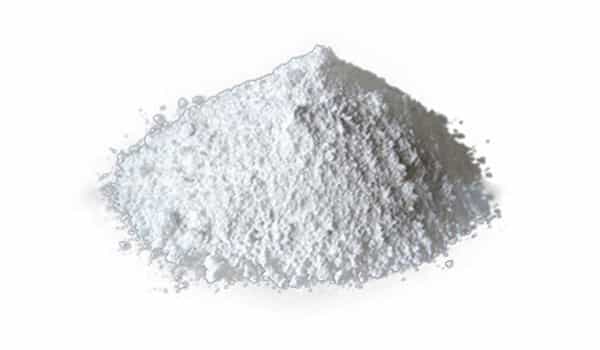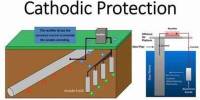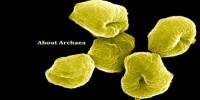Strontium boride (SrB6) is a chemical compound that is inorganic. It has the appearance of a crystalline black powder. It appears as a crystalline black powder at room temperature. A closer look reveals slightly translucent dark red crystals that are capable of scratching quartz. It is extremely stable, with a high melting point and density. Although it is not toxic, it is irritating to the skin, eyes, and respiratory tract.
Properties
It has the molecular formula SrB6 and a molecular weight of 152.49 g/mol. It has a density of 3.39 g/cm3 and a melting point of 2235.0°C. It is a black crystalline solid (15.0°C). At low temperatures, strontium boride, like other alkali earth metal borides, has been shown to exhibit weak ferromagnetism.
- Density: 3.39 g/cm3
- Melting Point: 2235 °C
- Water Solubility: Insoluble
- Molecular Weight: 152.486
- Appearance: Black crystalline powder or solid
- Exact Mass: 153.961447

Magnetism
At low temperatures, strontium boride, like other alkali-earth metal borides, has been shown to exhibit weak ferromagnetism. Some believe this is due to minor impurities or aberrations in the crystal lattice, while others argue that other explanations are required. Strontium boride has also been investigated for its semiconducting properties at low temperatures.
Preparation
Henri Moissan describes an early synthesis of strontium boride by mixing strontium borate, aluminum, and carbon in an electric furnace in his book The Electric Furnace. Solid-phase synthesis of strontium boride can also be performed by reacting two moles of strontium carbonate with three moles of boron carbide and one mole of carbon inside a vacuum furnace.
Strontium boride can be synthesized directly from its constituent elements. Boron melts at 2076°C and Sr melts at 777°C. As a result, if a vapor of Sr metal at >850°C (red-heat) is passed over boron crystals, the reaction produces the desired boride. However, it is preferable to heat the well-mixed powders of Sr and B to obtain specific compounds in order to obtain stoichiometric compositions: Sr + 6B→SrB6
Uses
Insulation and nuclear control rods contain strontium boride. SrB6 nanoparticles in a transparent acrylic sheet are used in a recent patent application for aircraft windows. These nanoparticles’ IR-absorbing properties prevent the transmission of infrared wavelengths while allowing the transmission of visible light.
Strontium Borides are hard, high-melting metal-like materials. They are resistant to nonoxidizing acids but degrade in strong oxidizing agents and alkalis. They’re used in semiconductors, superconductors, diamagnetic, paramagnetic, ferromagnetic, anti-ferromagnetic, turbine blades, and rocket nozzles, among other things. They are superconductive and ultra-incompressible, as recently discovered.
















